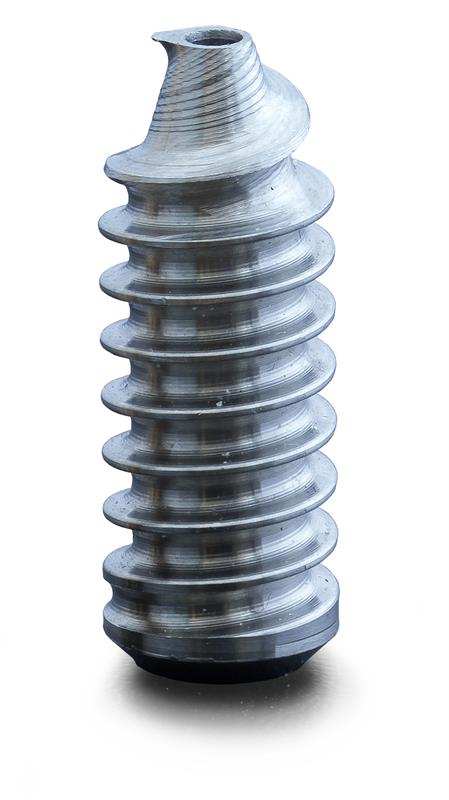 The development is the brain child of world leading surgeons and Innovate Orthopaedics (IO), a new partnership launched to challenge the status quo in the orthopaedic sports medicine market by developing products that directly incorporate the insights and experience world leading sport's surgeons have gained in the operating theatre.
The development is the brain child of world leading surgeons and Innovate Orthopaedics (IO), a new partnership launched to challenge the status quo in the orthopaedic sports medicine market by developing products that directly incorporate the insights and experience world leading sport's surgeons have gained in the operating theatre.
The screws are designed for specific surgical procedures, including reconstructing the knee’s anterior cruciate ligament, which can be torn during sudden stops and changes in direction. Reconstruction is carried out by inserting a piece of healthy tendon in place and securing it to the bone with a screw, over which the bone will grow.
Marcus Crossley, from the Medical AMRC, said: “We worked with IO to combine different aspects of their two designs and create one universal design that reduced the force needed to insert the screw while maintaining fixation.
“It helps the surgeon by engaging more rapidly with the ligament and bone when it is inserted and reduces the fatigue experienced by the surgeon and minimises damage to the replacement ligament.”
The Medical AMRC showed how the universal design could be used to produce a wide range of screw sizes and worked with AMRC partner Star Micronics to develop the complex and unique CNC program that allowed prototype screws to be produced on a Star Micronics sliding head lathe.
Huddersfield-based IO’s founder, Alex Gutteridge, said: “Clinical tests have produced extremely positive results and we are already seeing demand rising among British and international surgeons, who see the benefit of using these innovative, new designs.
“The Medical AMRC didn’t only help us refine our designs and take them into production. It also helped us to create patentable technology which can be further protected by design registration and enabled us to quickly gain ISO 13485 medical devices quality approval and European CE marking.
“Our aim at IO is to create innovative medical devices that solve problems identified by the surgeons in order to achieve better results for their patients, without pushing up costs. The Medical AMRC has played a key part in helping us to achieve that aim with our first product.”





